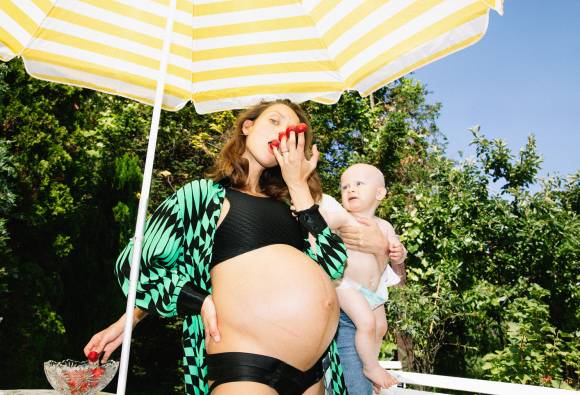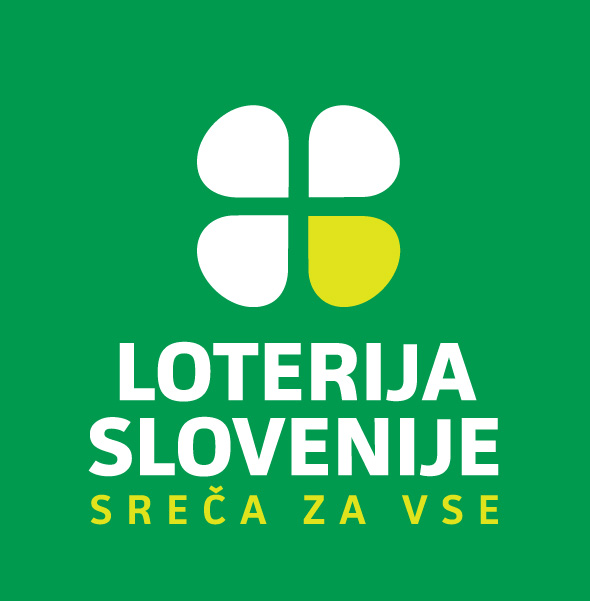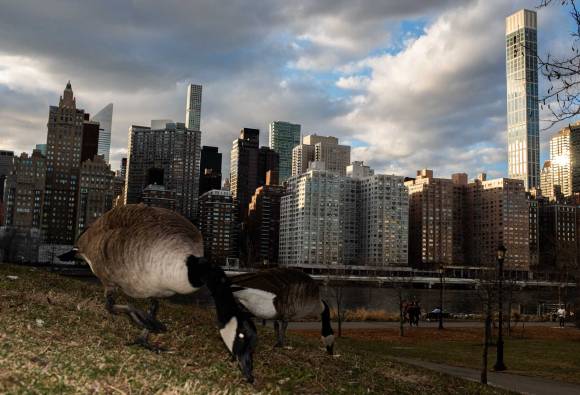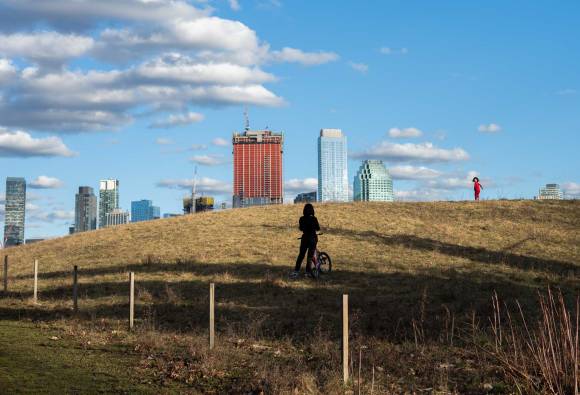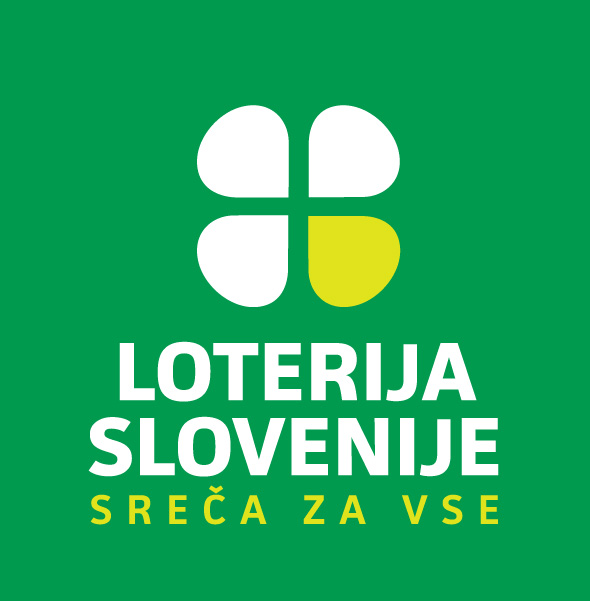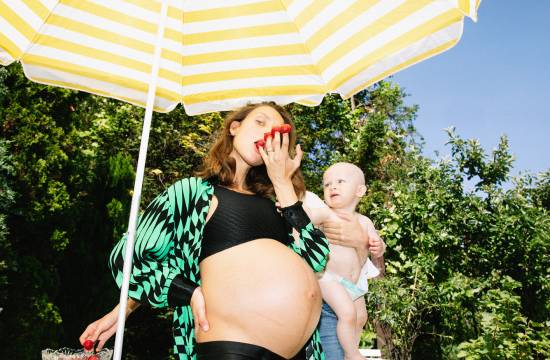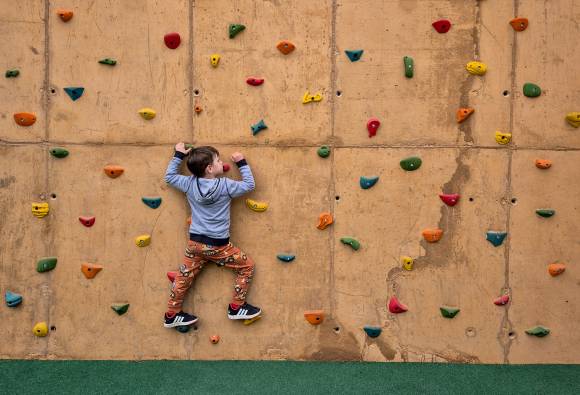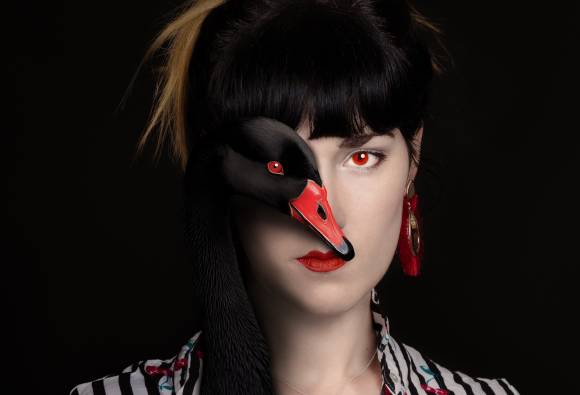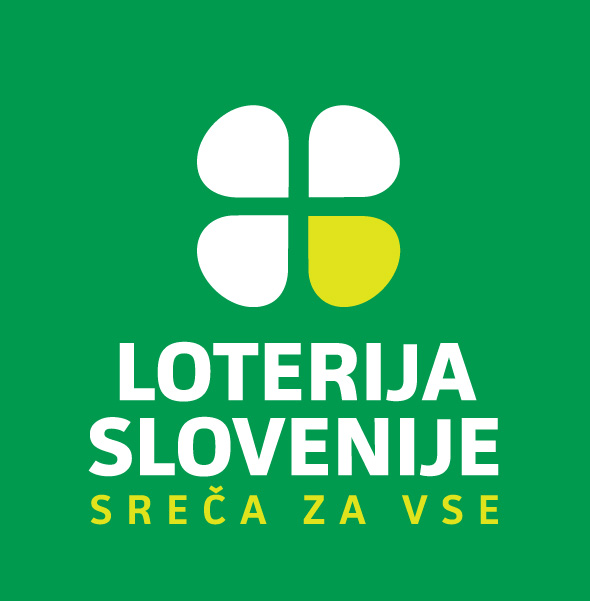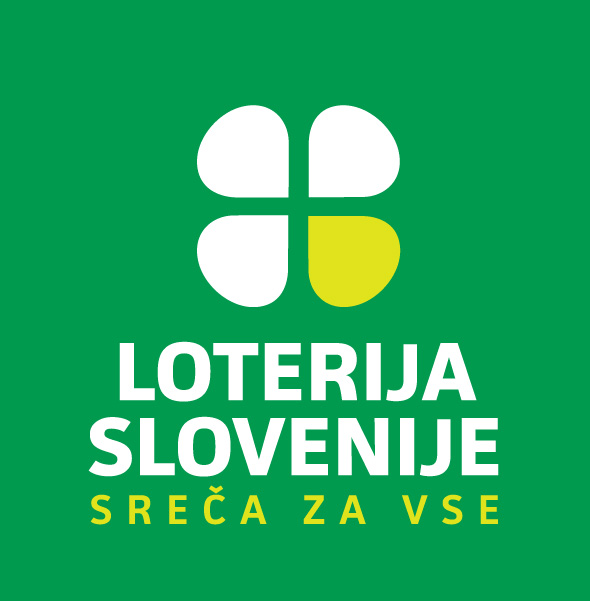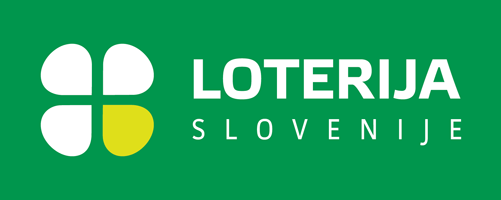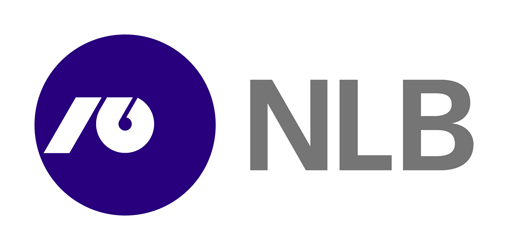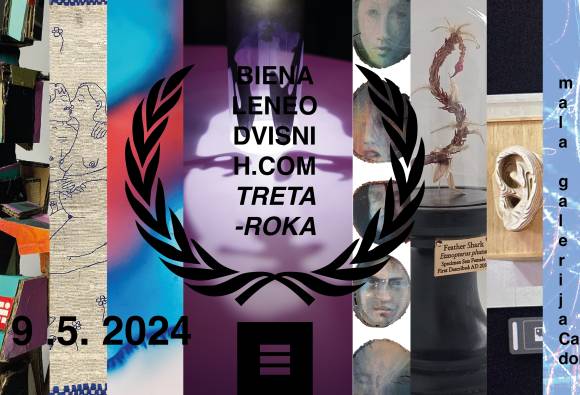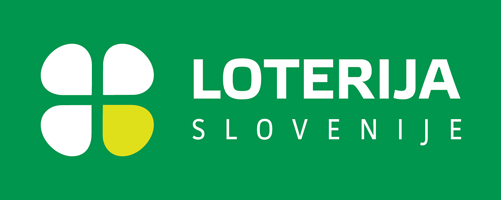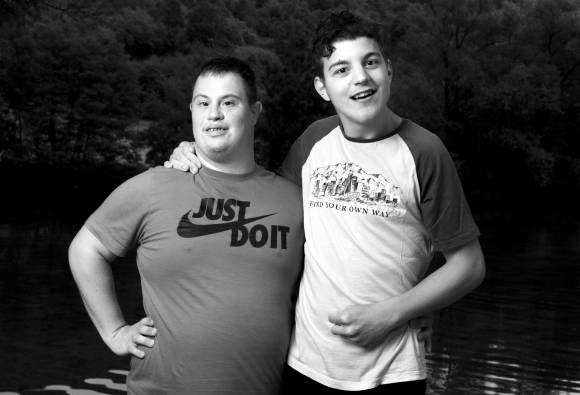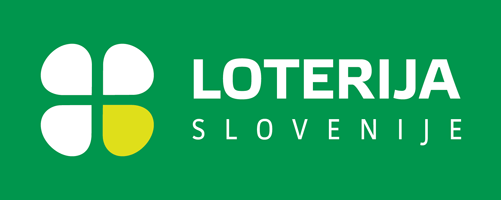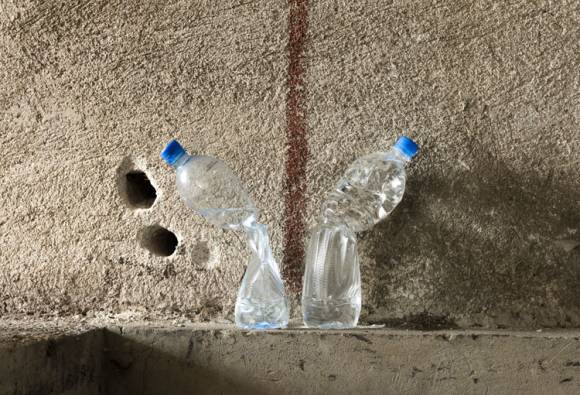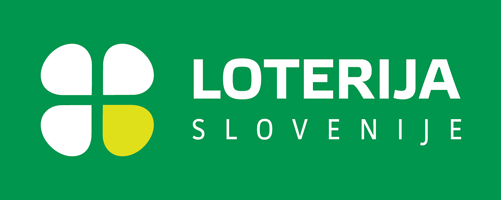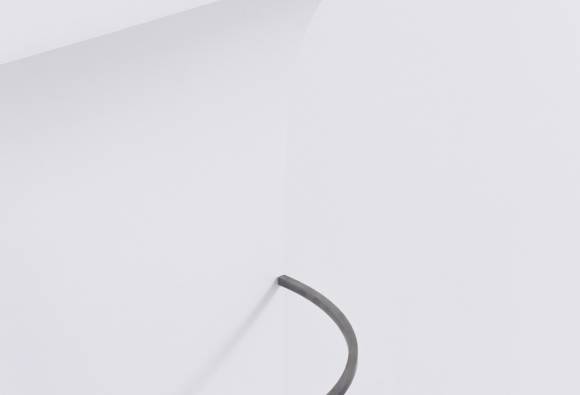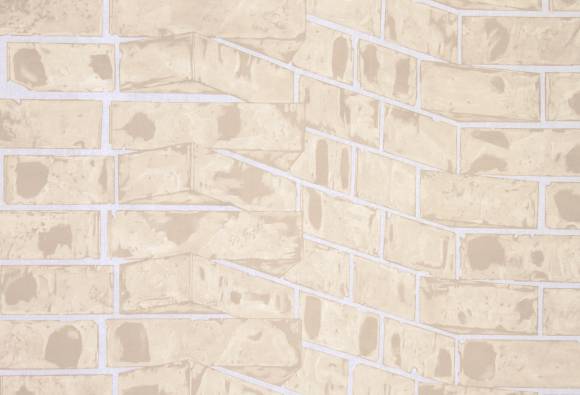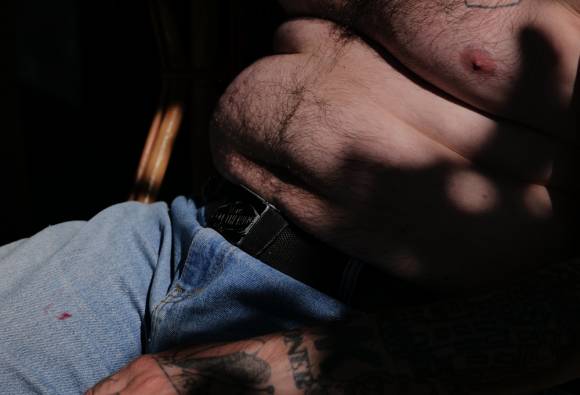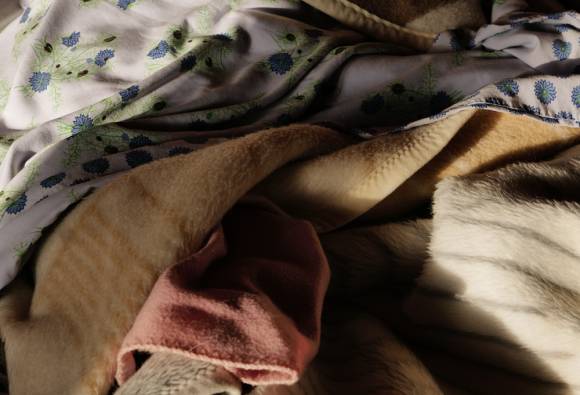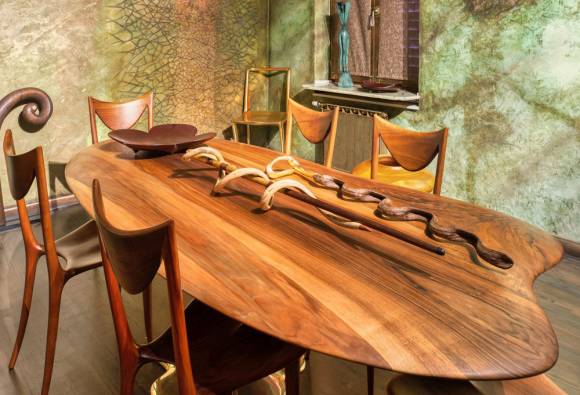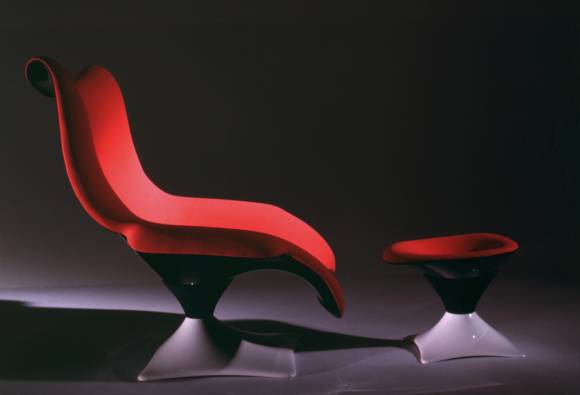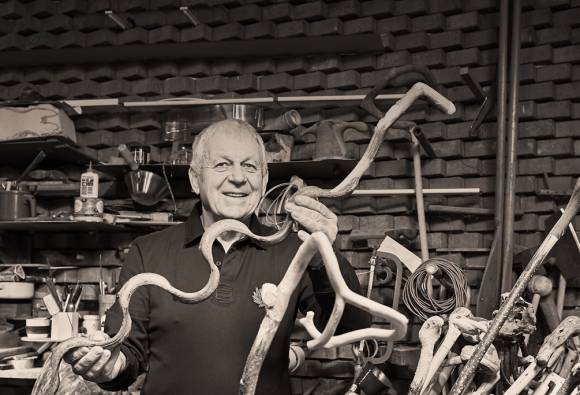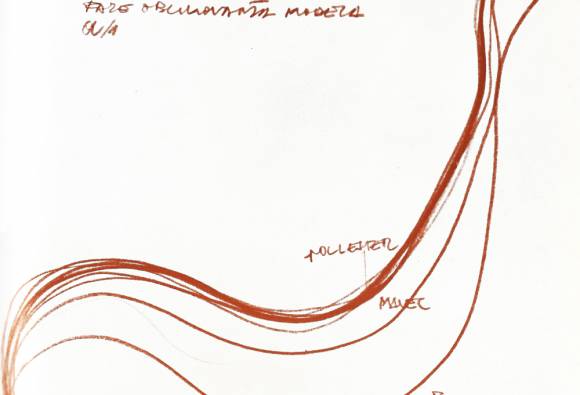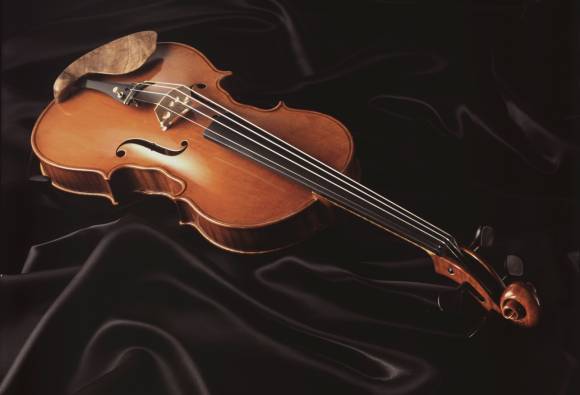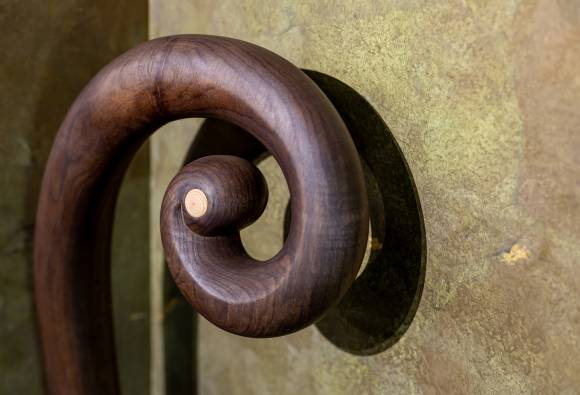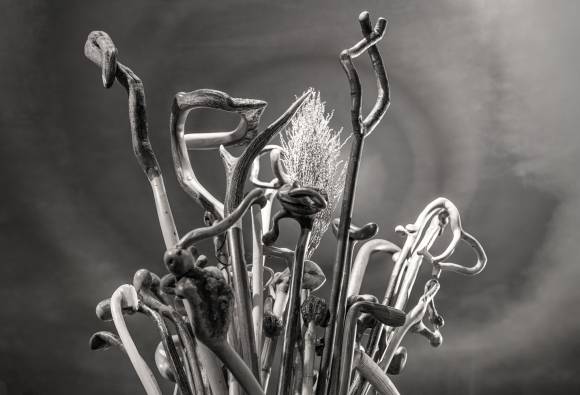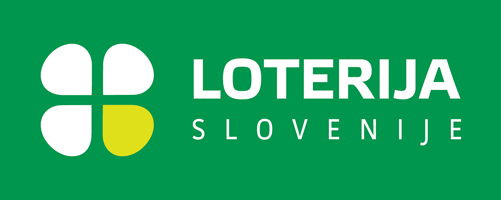
Hana Knížová’s series Mothers offers a poignant yet playful reflection on the evolving role of motherhood, capturing its raw intimacy from the postpartum period to early adolescence. Through her lens, the everyday realities of motherhood are depicted with both candour and warmth, avoiding fixed poses in favour of life’s unfiltered moments.
As Knížová maintains a close relationship with many of her subjects, some photographed over extended periods, the series provides a compelling study of maternal transformation. Subtle shifts in demeanour and attitude reveal how a mother’s sense of self is negotiated within the ever-changing dynamic of the mother-child bond.
In this ongoing series, I document my friends' experiences as they navigate through motherhood. I’m drawn to the unique sense of confidence and ease that emerges through this transformation. Since I am close with many of my subjects, I photograph them over the years, and watch them grow.
Hana Knížová is a Czech photographic artist working in London and Prague. Her work reflects numerous visions of youth and interpersonal relationships, illustrated through conceptual and intimate series of portraits. She was awarded the prestigious John Kobal New Work Award from London's National Portrait Gallery, and the Photographer of the Year Prize by Czech Grand Design. Her work is regularly exhibited.
After the presentations at Sarajevo Photography Festival and Mesnographies Festival (France) in 2023, the series Mothers, and thus the artist’s first exhibition in Slovenia, is going to be shown at Cankarjev dom.

The solo exhibition is dedicated to photographs taken by Nik Erik Neubauer during his short stay in New York City, USA. Drawing on the characteristic rawness and immediacy of street photography, he focused mainly on the everyday life in a city marked by great social and cultural divisions, on the splendour and misery of a metropolis where only the wealthy live in comfort.
Neubauer's multi-faceted story centres on the lives of different communities that, through collective action, create the necessary conditions for a comfortable and affordable living. He furthermore highlights the fact that New York ranks among some of the most hyped and mythologised cities, in the 20th century gaining a reputation as an economic and cultural centre of power where only the best players can succeed. His work thus provides a critical examination of class injustice as well as an analysis of the mechanisms that give people hope for a better future. He employs images to analyse the idea of the American Dream, while interlacing the stories of individuals with his own assumptions, expectations and visions.
Nik Erik Neubauer: White Smoke, Brown Glare
Admission free

Survey Exhibition of Slovenian Photography
2023–24 overview
Organised by Fotoklub Ljubljana under authority delegated by the Photographic Federation of Slovenia – FZS
Within the context of the 2023 and 2024 Slovenian Photography Contest, we are pleased to present a survey exhibition that offers a glimpse at the exceptional creativity of Slovenian photographers over the past two years. The exhibition includes works in the categories of free colour photography, free black-and-white photography, documentary photography and photographic collection/album. Special attention has been paid to young artists, whose entries fall into two age categories: contestants aged under 15 and 16–21.
The selected photographs were carefully reviewed by an expert judging panel composed of members of the FZS Artistic Committee (Matej Peljhan, Andreja Peklaj, Jure Kravanja, Dušan Gorast Miška, Matjaž Čater), while the reviewing of documentary photography entries took place under the watchful eye of distinguished photographers Matej Peljhan, Katja Bidovec and Uroš Hočevar.
We sought to broaden the scope of entries for this year's contest, extending participation from the circles of so-called photo-society photography to a wider professional as well as general public. Aware of the fact that Slovenia has many excellent and renowned photographers, we believe it is only right that their work is showcased. That is why the genre of documentary photography has been added this year. The displayed works show references to events on a national and global scale. The artists couldn’t help but take notice of the floods, the disasters occurring around the world and the cycling craze.
We hope that the exhibition inspires you and provides you with new insights into the diversity and power of photographic expression. We would like to express our gratitude to both the artists for their contributions and the visitors who support the art of photography with their presence.
Tomaž Velechovsky, Chairman of the Fotoklub Ljubljana
Survey Exhibition of Slovenian Photography
Free entrance

Vid Ponikvar: Games of Courage
Exhibition of photographs
In the spirit of the French Revolution's famous motto “equality”, the Paris 2024 Paralympics achieved new milestones in promoting the values of integration, inclusion and equality in sport. Athletes, their accompanying persons and fans (for the first time in Slovenia's history, also through live TV broadcasts) witnessed an extraordinary event that inspired the world on many levels. The GAMES OF COURAGE exhibition brings the exceptional spirit of the Paris Games to Ljubljana.
The GAMES OF COURAGE show provides a first-hand insight into the recently concluded and in many ways historic Paralympic Games, considered to be the world’s largest parasports event. All photographs have been contributed by a renowned sports photographer, one of the few in Slovenia with extensive experience in the field of parasports.
I love taking photographs of these sporting moments and these people... What you see at the Paralympics cannot be witnessed anywhere else – athletes conquering their own limitations, spatial barriers, social inhibitions, popular prejudices and the laws of physics and biology in their unique, unparalleled way.
Vid Ponikvar, whose career spans more than 25 years, is widely regarded to be one of Slovenia’s leading sports photographers. Vid’s photographs of athletic events often succeed in capturing the game’s palpable emotions, its raw dynamic. After London, Rio and Tokyo, the Paris Games have been the fourth Paralympics with Vid Ponikvar as the official photographer for the Slovenian team.
The exhibition has been realised through the support of Loterija Slovenije, a long-time sponsor of parasports.
Curator: dr. Tadej Curk (Sports Museum)

Peter Gannushkin's photographs encapsulate the essence of live musicality, the atmosphere that pervades a concert. There’s a strong sense of heartfelt connection between the photographer and the theme he is addressing. He has close personal ties with many of his musician subjects. In approaching his work, Peter moves between strictly documentary and art photography.

8 May – 27 June 2024
Opening 8 May 2024, at 20.00
9 May 2024
Lecture 9.30 – 10.30
Workshop 11:00 – 16:00
Alma Karlin Hall, Cankarjev dom
After the 9th edition held in 2023, the Independent Biennial is presenting a special selection of authors from Slovenia and abroad who have marked the visual landscape through their deep commitment to visual work. The showcase at Cankarjev dom’s Small Gallery will present the Independent Biennial and guest artists: their works and views on creative expression and their lives in various ways, including video presentations, original works, lectures and workshops. The exhibition will be on view between early May and late June 2024.
The showcase at the Small Gallery is dedicated to the space between design and artistic research ADRI, with the working title In Between. The presented artists question the visual space through curious playfulness, such as the construction of new worlds, light as an object, showing the unrepresented, mapping, multimedia and multidimensionality, and last but not least, the poetics of expression as well as the light and dark side of reality.
The diversity of the exhibition has been enriched by their research: Simon Jugovic Fink, Kiki Klimt, Petra Korent, LeaLudvik, Živa Moškrič and guests from abroad, Prof. Hilde Kramer (Bergen), Helen Mitchell (London), Tee Ken Ng (Perth).
The artists are also joined by the exhibited works of the ADRI experimental workshop with LAB Institute of Design and Fine Arts Lahti students, which was led by Saša Kerkoš and Marion Robinson and is a fresh edition of the 2023 ADRI project. The participating graphic design students include: Netta Aaltonen, Markus Aro, Pinja Hautanen, Ria Heinola, Tiia Heliävirta, Helmi Jäntti, Vieno Karjalainen, Nuutti Karjalainen, Sonja Karppelin, Ida Kinnunen, Santeri Lehto, Veera Miettunen, Anni Porkka, Melisa Rantala, Sami Rilla, Ella Ruuska, Pipsa Soimasuo, Evita Valtonen, Reetta Varjo and Mika Virtanen.
To build on the biennial year, the exhibition also presents selected works by NatanEsku, the recipient of the 1st Tomaž Kržišnik Recognition for lifelong commitment to sincere and unique artistic expression, awarded at the opening of the IXth Biennial of Slovenian Independent Illustration – Independent Biennial, October 23, 2023 in Kino Šiška.
His presentation to the public will also be accompanied by the heartfelt work of Prof. Tomaž Kržišnik – Kržo. Natan's works will also be presented in the Kržišnik Garden and Gallery (Žiri) in autumn 2024.
A short hands on experience will follow the Small Gallery opening ceremony on 8 May at 20:00.
The following day we will host a morning lecture (9:30-10:30) and a practical workshop (11:00-16:00) by Prof. Hilde Kramer and Helen Mitchell in Alma Karlin Hall situated within the same venue as the Small Gallery. Exploring and building Lost Specimen with Helen and finding the right shades of grey through the eyes of war and peace with Hilde will be a great gateway to creative explorations.
Registration for the lecture and workshop is free. Registration for the workshop is mandatory and the number of places is limited, please apply between 10 April – 1 May 2024 to info@bienaleneodvisnih.com.
www.bienaleneodvisnih.com
Organization and project management: Independent Biennale and Tretaroka
Project partners: Cankarjev dom Small Gallery, www.Kržišnik.eu, LAB Institute of Design and Fine Arts
Friends of the project: Kino Šiška

Smiles That Open Hearts
New exhibition series – “The visible invisible”
In cooperation with ZRIPS and the photographer Blaž S. Kobal
In 2024, Cankarjev dom is initiating a new exhibition series, The Visible Invisible. The series features art projects addressing issues and topics that tend to get "marginalized", sidelined and ignored. With the introduction of a new annual exhibition series on its premises, Cankarjev dom seeks to highlight and thus give voice and visibility to these frequently stigmatized and misunderstood issues.
The series begins with a project presented in partnership with ZRIPS (Institute for Development and Provision of Assisted Living Services) and photographer Blaž S. Kobal – an exhibition dedicated to portraits of persons with intellectual disabilities. With this project, the Institute aims to raise public awareness about intellectual disabilities, which continue to be stigmatized and overlooked. The photographer has devised the project as a series of portraits capturing the subjects’ diversity, kindness, openness, as well as inspiring and pleasant personality.
The seventy portraits reflect the basic concept of the project.
About the photographer:
Hailing from the Primorska region, the young and talented photographer Blaž Stantič Kobal has pursued photography since secondary school. He has participated in several photo contests, including Rovinj Photodays (2021), where he won second prize with the series Melancholy Thoughts. This same series earned him first prize at the photo competition of the 2021 Vizije Festival, organised by Slovenia’s Public Fund for Cultural Activities.
People and their living spaces are at the heart of his interests and visual observation. Through his photographs, Stantič Kobal examines social issues, interpersonal relationships and people’s connectedness with their daily working and living environments.

Matic Pandel: Plastic Sun
Photo exhibition
Selector: curator Ajda Ana Kocutar
In his artistic practice, Matic Pandel focuses on urban landscapes and everyday scenes in which he finds humour, paying special attention to their materiality, compositions and foregrounded details, all of which enables a different reading of our surroundings in sync with the exhibition as a medium. This is because the showcase is becoming a world unto itself, a world whose distinguishing elements – moulded in the artist's singular visual language – combine to make a completely new landscape.
Matic Pandel graduated in photography from the Faculty of Applied Sciences VIST in Ljubljana in 2018, and is currently pursuing a master's degree from the Academy of Fine Arts and Design in Ljubljana. He has participated in several group exhibitions at venues that include the DobraVaga Gallery, Photon, Aksiom, Museum of Contemporary Art Metelkova, Cirkulacija2, Fotopub Festival and KULA Cetinjska Gallery in Belgrade. In 2019, he won the 5th Zine Vitrine International Zine Open Call, which involved a solo show at Kino Šiška. He belongs to the photo studio and creative space ŠTUDIO, whose members (Nik Erik Neubauer, Lucija Rosc, Bor Cvetko, Jaka Teršek and Anja Smaka) – while employing different approaches to the photographic medium – all share an interest in contemporary photographic practices and creating various personal projects.

Edvard
Celebrating the Year of Edvard Ravnikar – 2023
The art exhibition is dedicated to the great architect, all-round visionary and humanist who adopted a multidisciplinary approach to designing his works and understood architecture in the context of visual culture. Three artistic considerations celebrate the invaluable legacy of a leading modernist of the geographic area formerly known as Yugoslavia, as well as beyond its borders: through the prism of the dimension of living, Nina Čelhar, Meta Drčar and Tadej Vaukman present their own understanding, interpretation and actualization of Ravnikar's legacy, as well as the architect as a private individual.
Vaukman primarily works in the medium of photography, frequently combining it with collage and drawing. The artist, whose work is grounded in (self-)portraiture, based his research on Ravnikar's drawings and self-portraits.
Nina Čelhar, whose painting practice focuses on depicting idealized minimalist interiors and questions the complex relationship between architecture and its users, will tap directly into Ravnikar's architectural legacy.
The dialogue is complemented by the spatial installations by Meta Drčar, who explores the connections between the observer's moving body, sculpture and architecture, and the performative effects that arise from this process.
In cooperation with the Ravnikar Gallery Space

Oskar Kogoj
In collaboration with Designers Society of Slovenia
